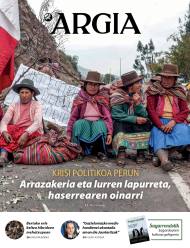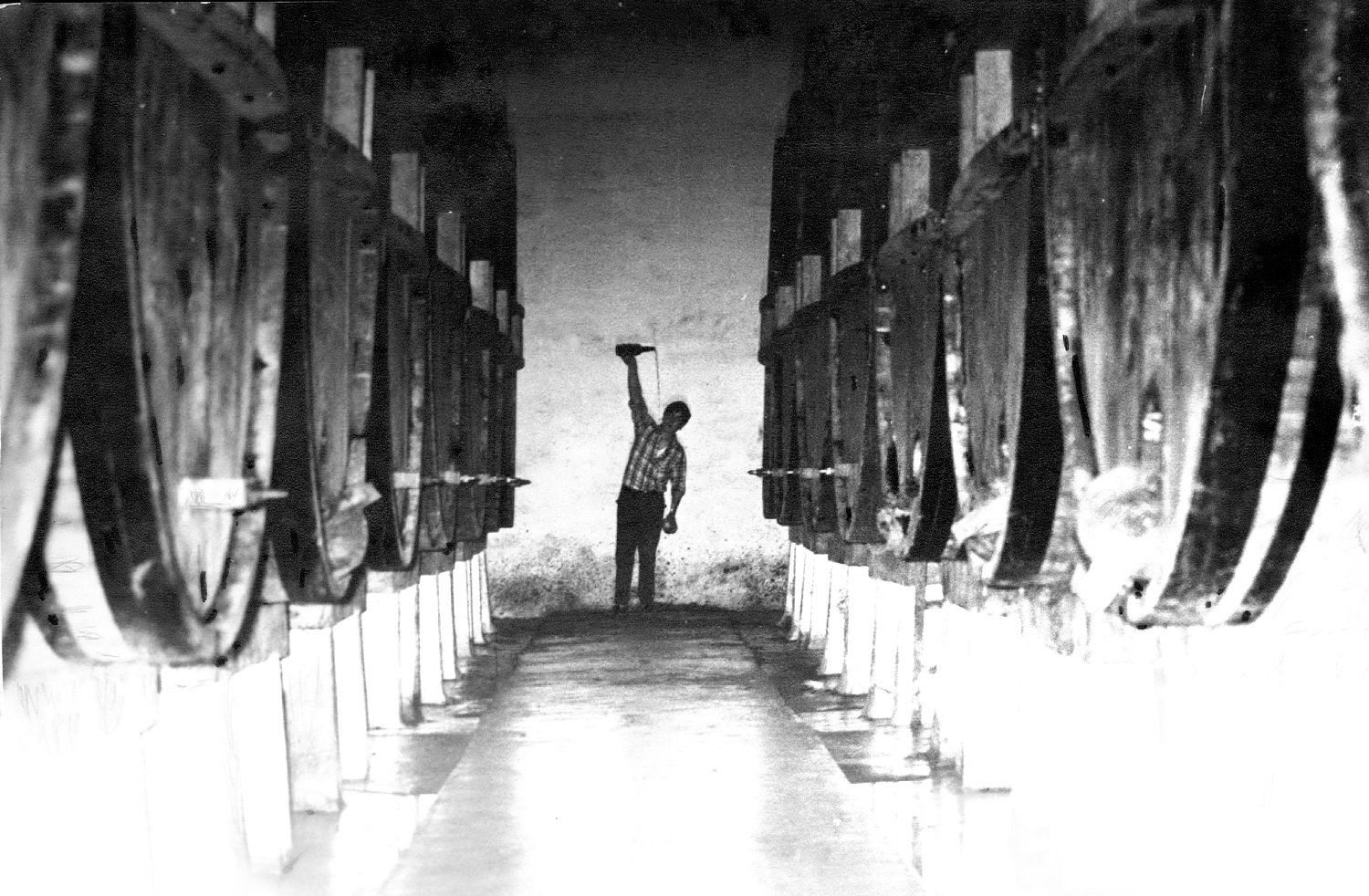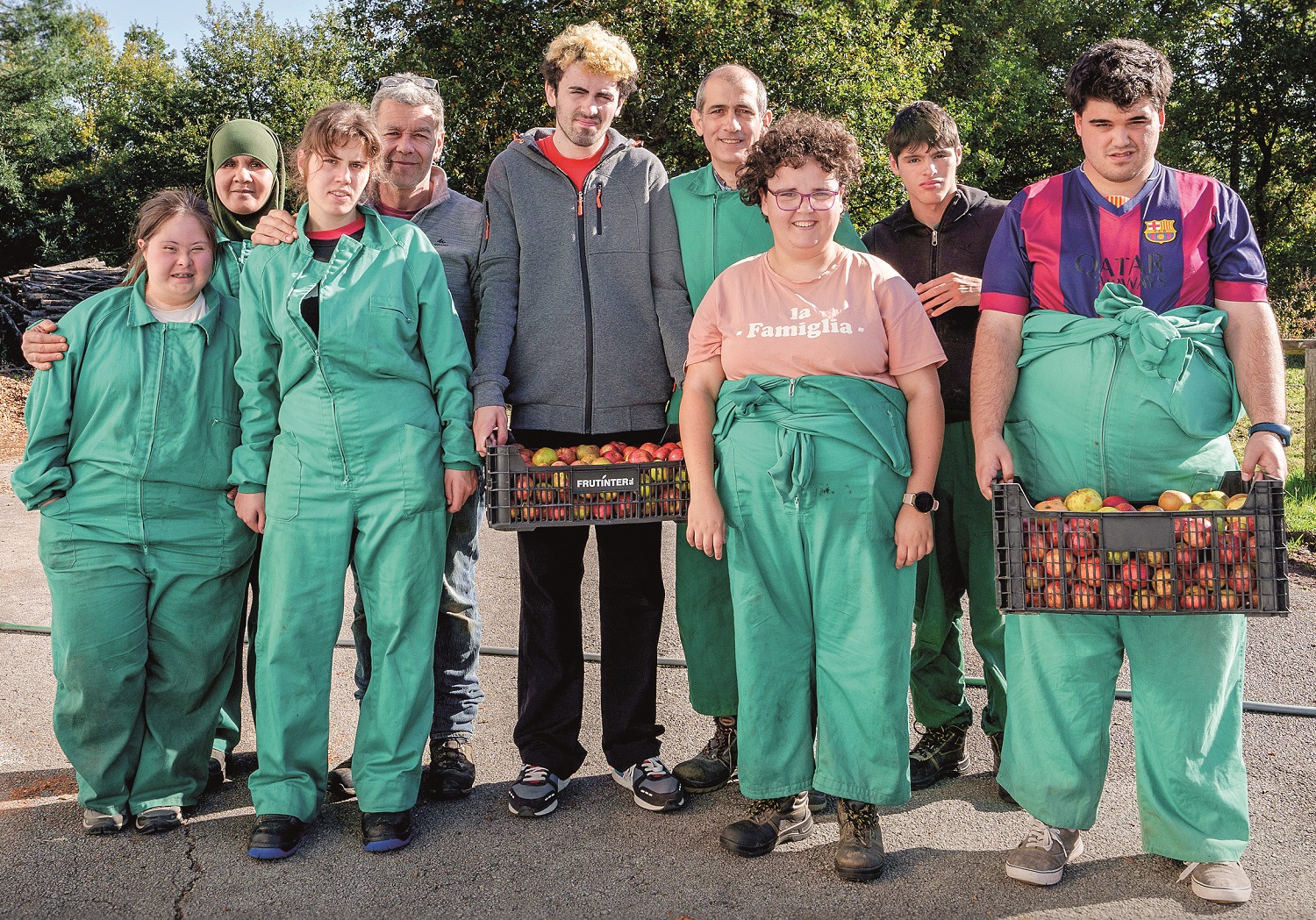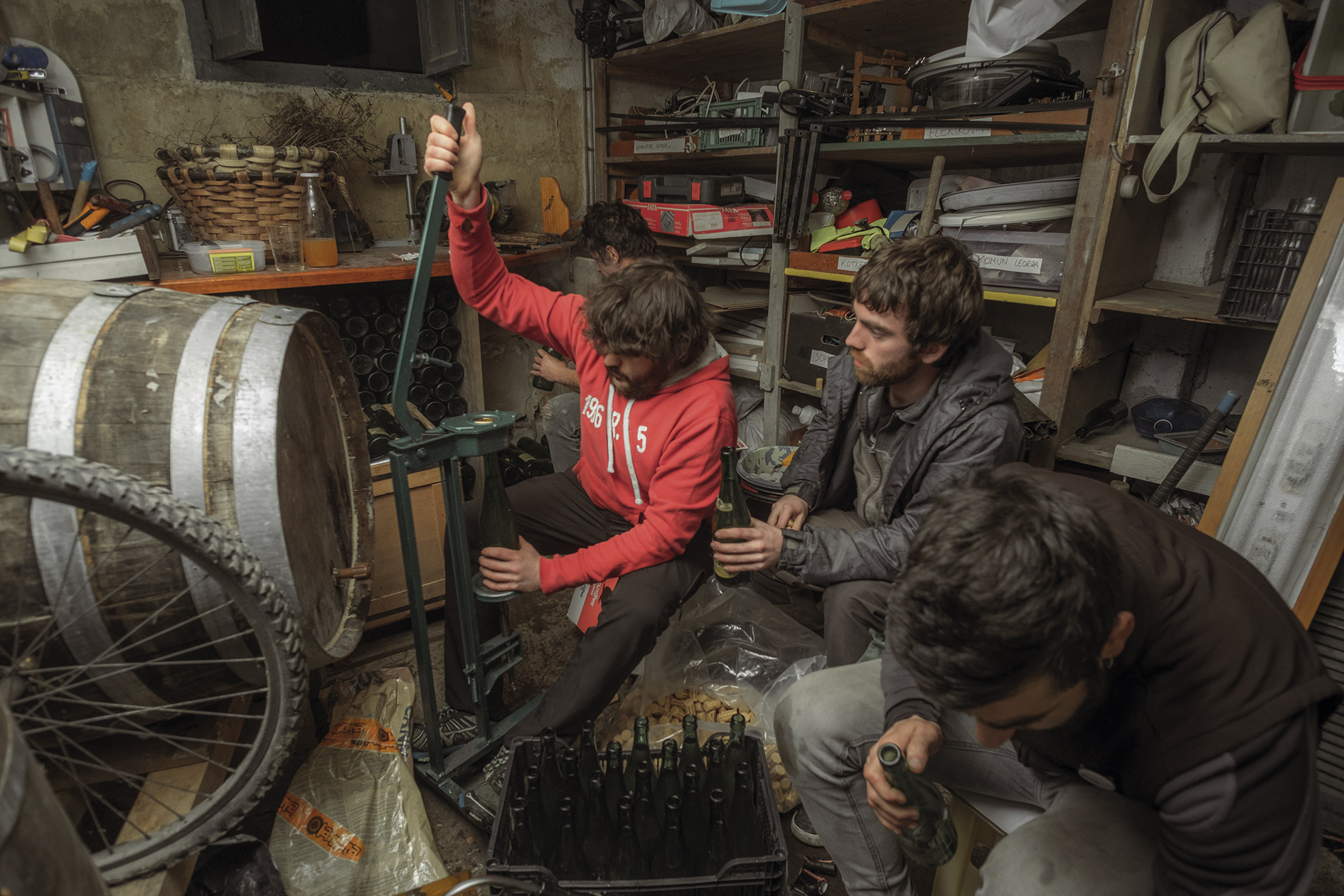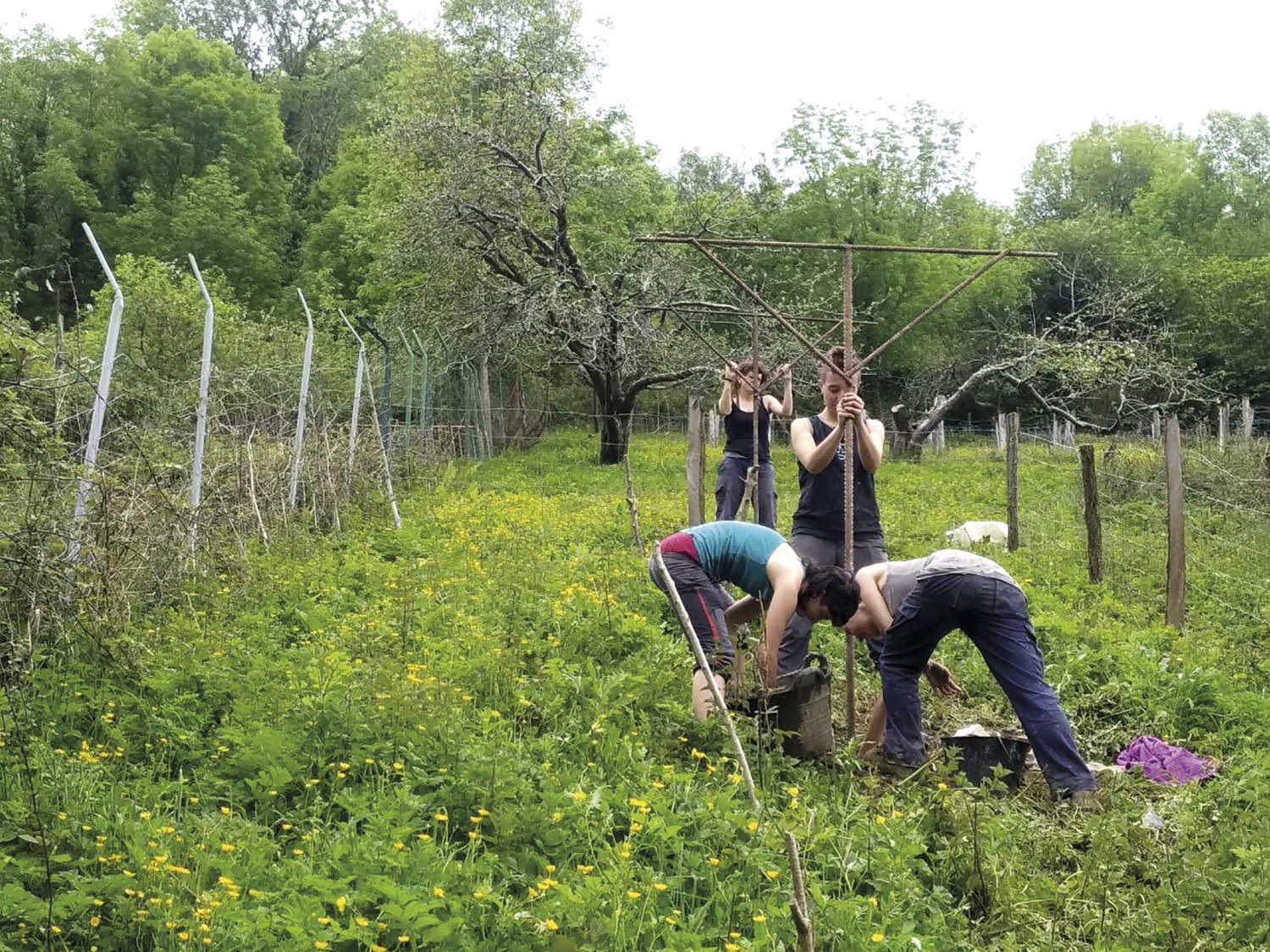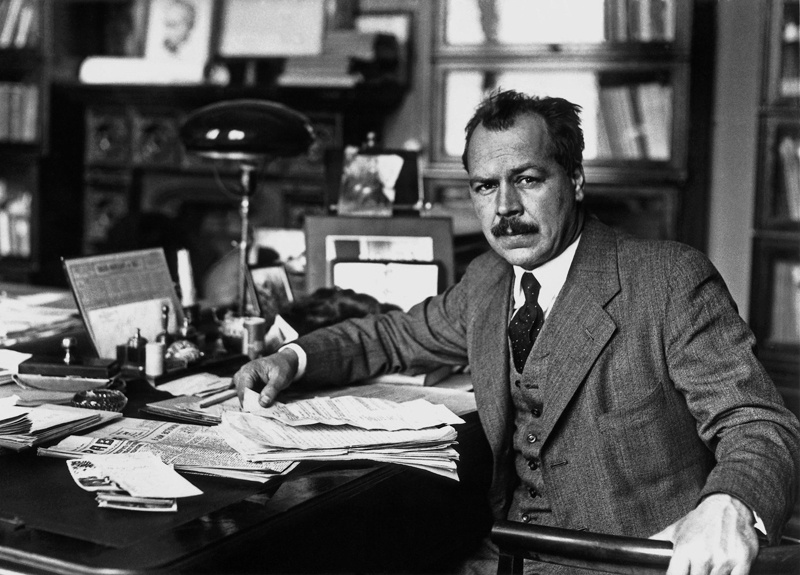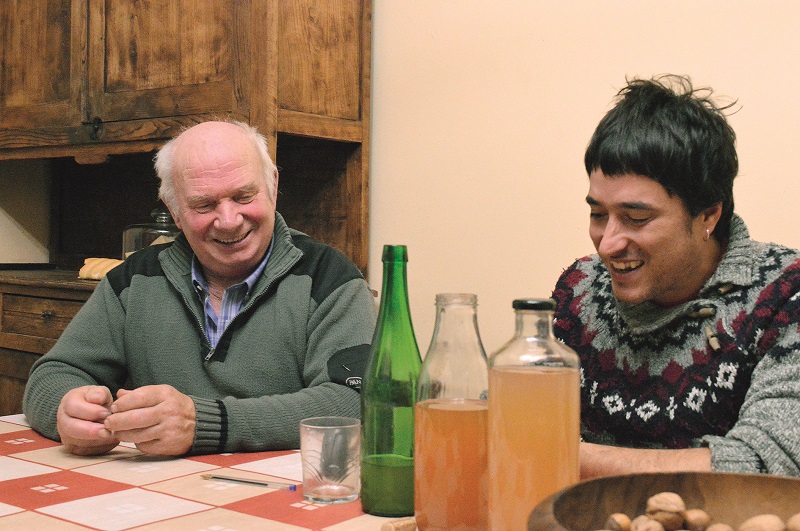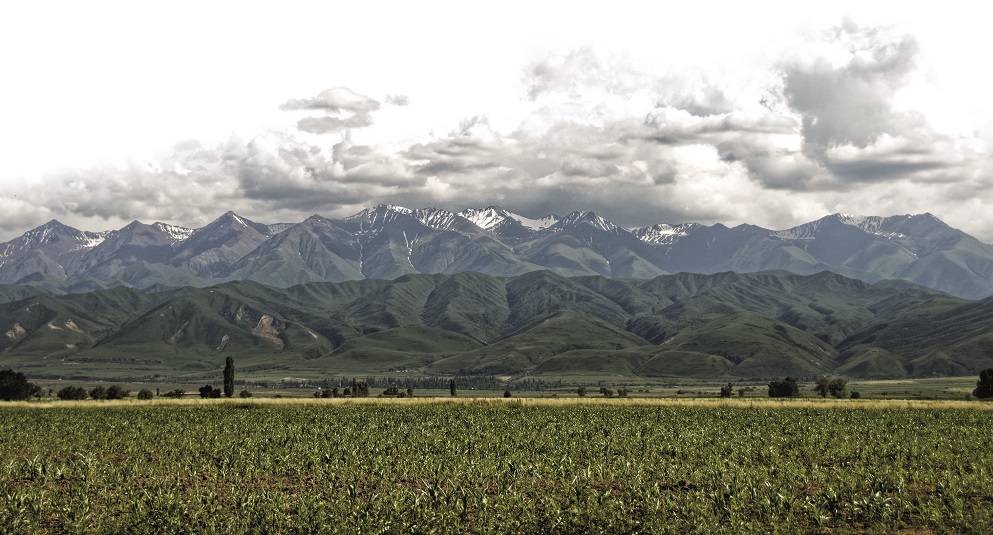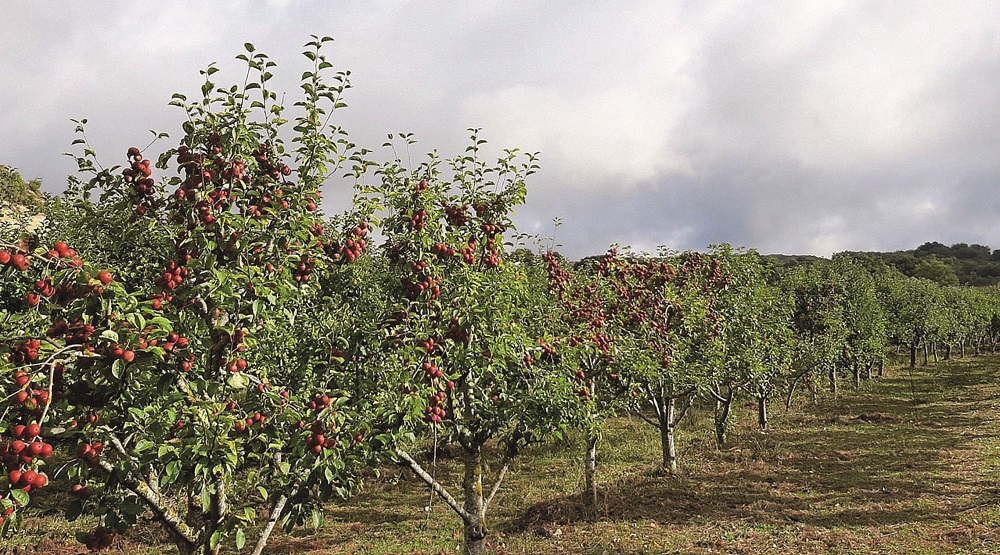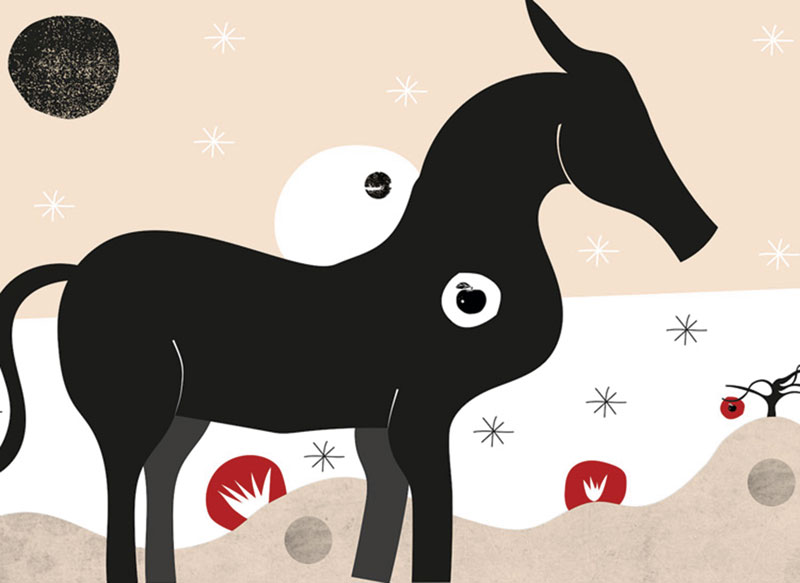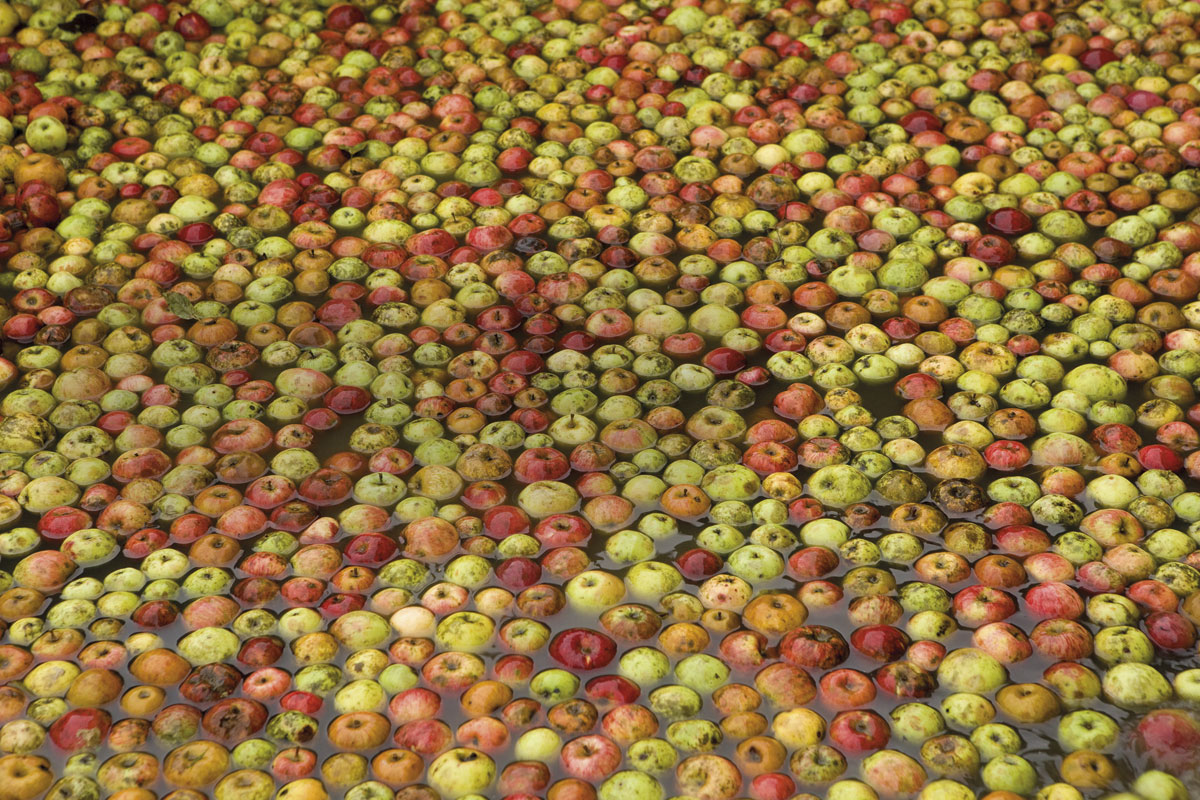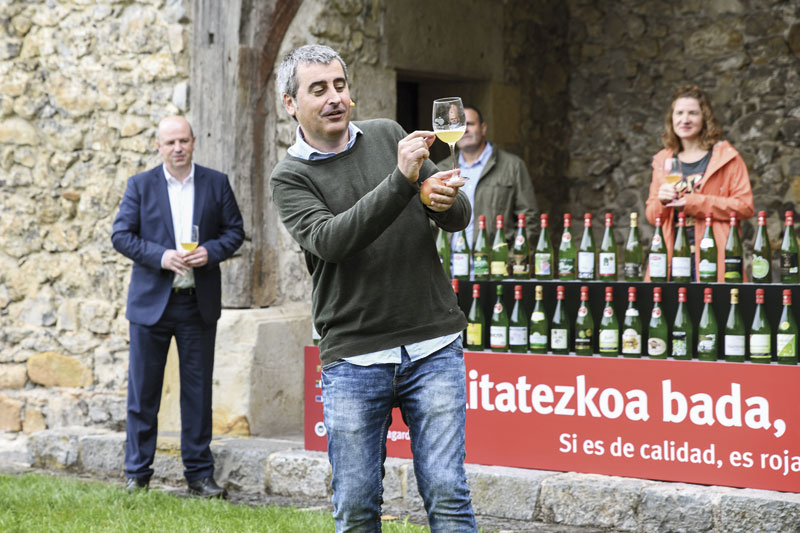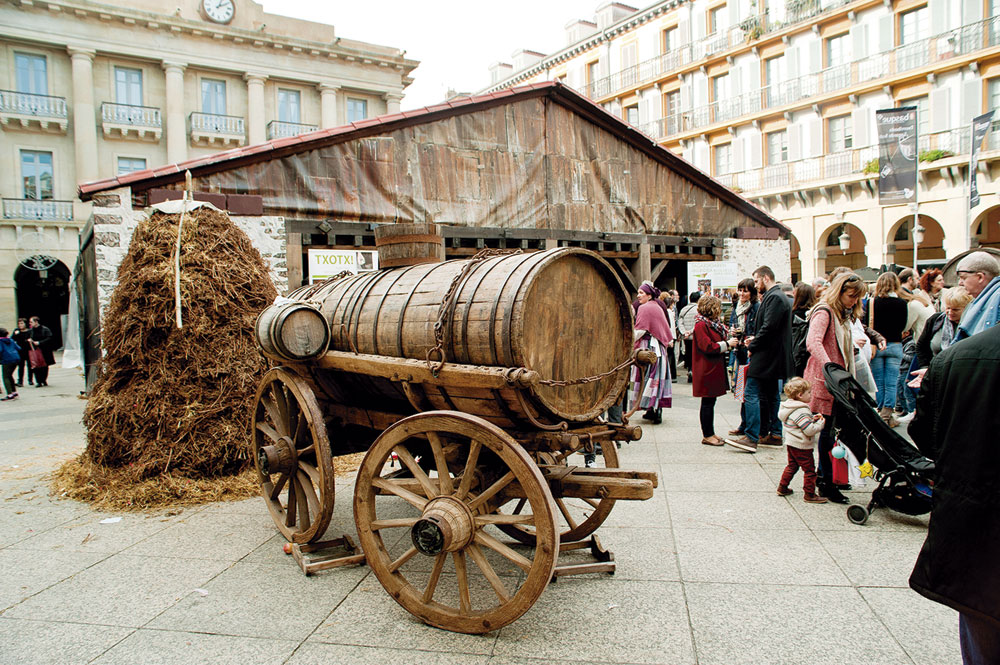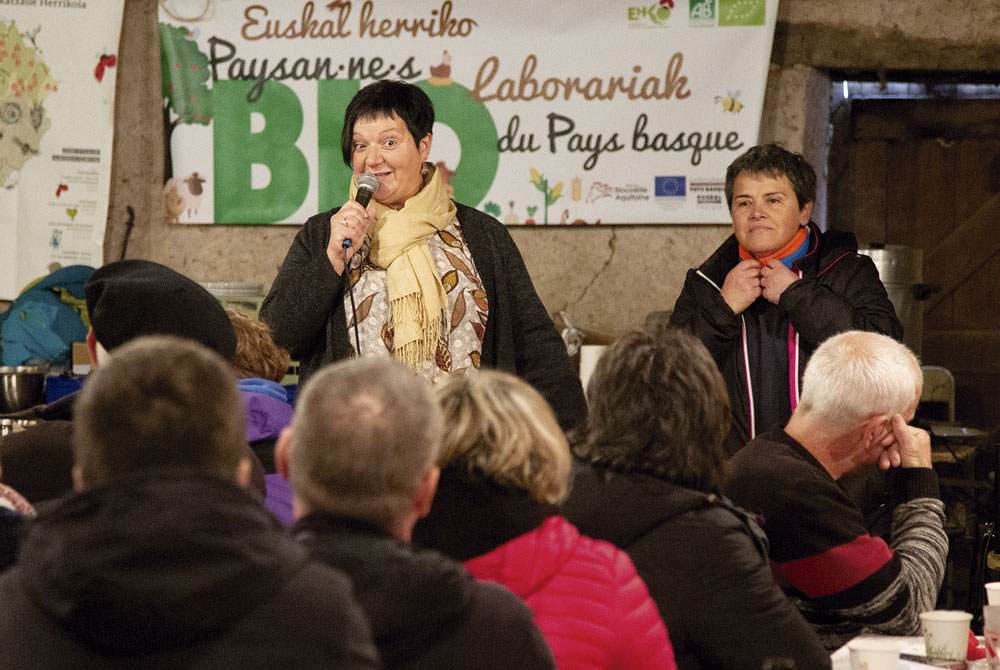Mathematical sculptor who planted apples at 1,000 meters
- Eduardo Zubiria, born in Pamplona in 1963, sidrero and mathematical artist. Mom, shell, dad from Muskiz. Imoztarras roots in Ultzamaldea. It has apples of 100 years and an apple tree over a thousand meters in Roncal. As an artist, he started working on wood, and then linked the different materials with the new technologies, from computer knowledge. He works with his hands programmed by algorithms. Mathematical art.
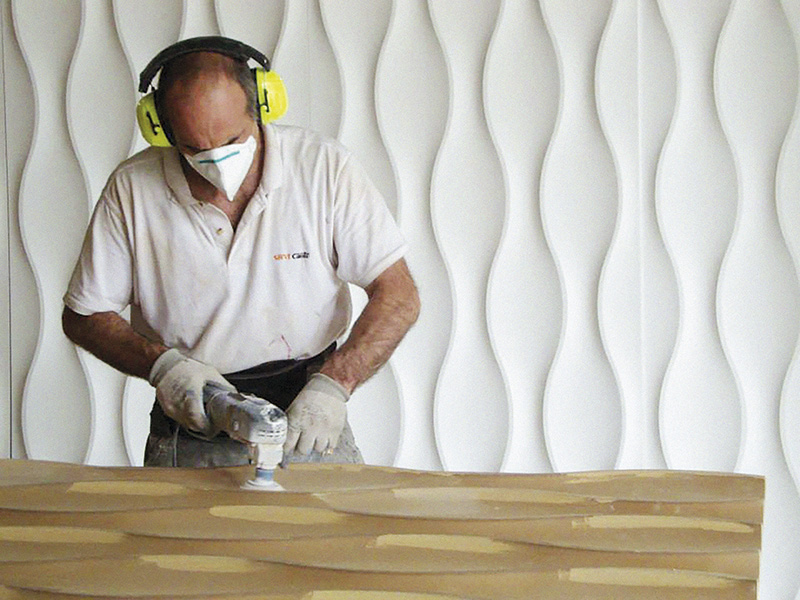
In the Muskiz chamomiles, the family has trees between 80 and 100 years old, some older, well adapted to the conditions of the valley and giving “very special taste apples”. Some specimens are already “at the end”, the branches have been broken, but by vaccination the Pamplona Eduardo Zubiria Lizaso, sidrero and sculptor.
He talks about the taste of the apples of these trees, he tells us that when the apples just taken put them in the ccon and leave them at the entrance to the house, at five hours impressive odors occur. We ask him why no more apples are grown like those that bear such sweet fruit. It answers us for performance. “Those who use it will not place trees that will give it the apples within ten years, but will give them to the two years. I use it passionately in the vaccinations, and in the first two years the trees continue to take root. Then they start climbing, production is slower. However, they last for many years, if properly cared for, they become big. We are not in a hurry, we are going slowly”. Apples also take longer than normal, five or six days, “until the apple leaves the last centiliter,” explains Zubiria. “The last one is as good as the first juice that comes out, they are different, each with its characteristics, and with a pressure of five or six days you will get all the game out to the apple.”
For the time being, cider is made for the household, to distribute it among the closest ones, but in a short time it will be more trees with plantations that will give apples and production may expand. Her cider is called ‘La borda de Basajaun’, which bears the name of Muskiz’s house. They do it ecologically, they don't use chemicals like carpocapsa or apple worm. “People don’t believe us, but we look at apples one by one. If they fall to the ground and have blows, even if they're small, we take them off. With the apples we eat at home, we do the same thing, if they're meshed, we take off the part before they eat them. That tapping can give a different smell or taste to apple juice -- of course, in our case we're not talking about tons of apples. This year we would make about 2,000 liters of cider.”

As a curiosity he told us that the apples of three trees were transferred to the University of Navarra and that they were not listed in their germplasm bank or seeds, nor in the banks of other communities they consulted. “They are exclusive varieties,” says Zubiria. “I only have one tree from each of these three varieties, and I’m making vaccinations with them to get the result I want.” It's continually testing new things, and as a result of that search, they're icy and fire-ciders. The first is a more tasty drink, suitable for desserts and snacks, which can be made by crushing frozen apples or freezing the apple must. Zubiria won the silver medal with him at the 2019 Sagardo Forum awards. The base of the fire cider is the same, but to get the sugar concentration in the must you take advantage of the heat. “I’ve done little of that, it cost me a lot.” He explains that, in general, his cider is different, it does not have such a sharp point of acidity, but smoother but with a lot of flavor.
Apples at 1,100 meters
We have already said that Zubiria likes to try new things. On this road, about five years ago he planted apples in Roncal, about 1,100 meters high (top photo). There will not be many chamomiles at that level. “I’ve taken the varieties from my house to the field to see from one site to another what results the same variety gives.” The conditions are harder than normal in these umbrellas, especially in winter, but Zubiria says that below in the valley, in the vicinity of the village, there is a lot of moisture and that is why he has planted over 1,000 meters. Sudden changes in temperature from day to night also favor the taste of the apple. He hopes that the results will be seen next year, after wild animals have forced the project to “delay”. “I protected the apples with tube and a half and after two meters, but the cords and deer died. Because I don't like to close the chamomiles -- well, now they're over two meters, they're pulling branches out, and I think next year they're going to start giving apples. I was worried about pollination, but I've seen a lot of butterflies in these little bits, bees -- slowly I've realized that yes, it can work."
The inhabitants of the area are aware of the challenge of Zubiria, and from time to time they come to tell him that they have seen a wild apple in the mountain, if they want to take advantage of its fruits... “I am told by the hunters, Eduardo, there is a tree!” but at 1,100 meters, although some can be worth... to reach an apple I had to spend three days.. Nonsense tells us that each one has its characteristics: “They are very different apples, some with a very nice smell and taste. Five minutes after drinking her juice, the taste remains in the mouth.”
Mathematical art
Zubiria comes as a child with her passion for art. It started with wood, in the Salesian College. He discovered mathematics there, and he also worked with the computer to start manufacturing with his hands pieces created by algorithms. The first were small pieces, linked to the development of the three larger dimensions, because the artist “occupies more” as he works with mathematics and geometry.
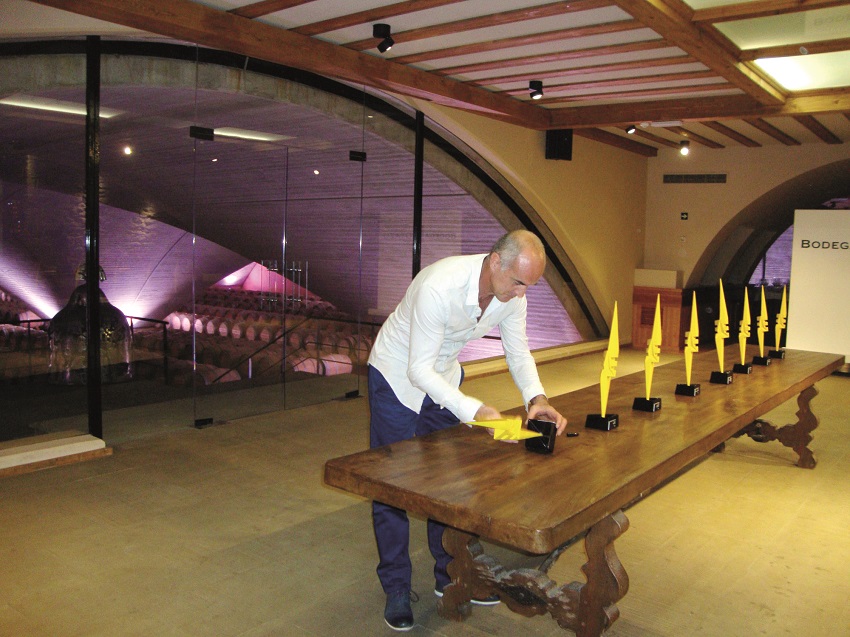
It is immersed in so-called mathematical art. He exhibited his works in Japan in 2013 at the Japan Independence Exhibition, which was exhibited in Tokyo, Kyoto and Hiroshima. It was his first “important” exhibition. These pieces were later exposed in the Orizuru gallery of Pamplona, which in addition to the capital, has exposed works created with computers and hands in Estella, Cizur, Madrid or Málaga.
Last year I wanted to put their works in the streets, squares and gardens of the citizens of Muskiz, but the project did not advance. “This year we will try again,” the sculptor says. “I’ve done the Arlatu workshop, and there I also want to do something outdoors. There are pieces of two square meters, and I think in open spaces they would do better.” Edorta Zubiria Lizaso will continue to dive in both cider and art.









